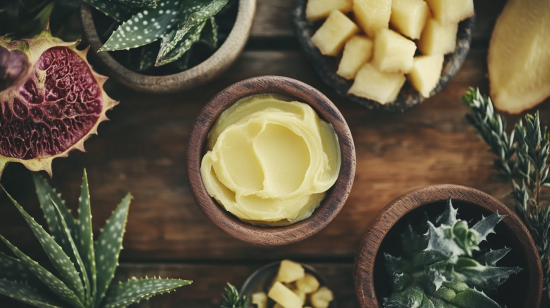For centuries, Africa has been a reservoir for natural remedies. For centuries African herbs and spices had also been used for their medicament, culinary, and cosmetic properties. Today these botanicals are used more and more on the global beauty market. The story of this transition from ancient remedies to modern cosmetics proves their continuing value and their importance in addressing skincare and wellness needs without chemicals.
A Legacy of Healing and Beauty
Herbs and spices have been used in the history of Africa. For example, ancient Egyptians used aloe vera, frankincense, and myrrh, leveraging the association with rituals and royalty. For centuries shea butter, derived from the shea tree’s nuts grown in West Africa, has been used to protect skins and maintain moisture. At the same time, the baobab tree, known as the ‘Tree of Life,’ gave us oil containing antioxidants and essential fatty acids to refresh dry skin. Rooibos or red tea, rich in antioxidants, has been used in Southern Africa to ease inflammatory skin conditions for years. Turmeric introduced through trade routes became a staple in East Africa by warms of the vibrant spice’s anti-inflammatory and brightening properties. Traditionally the knowledge of the healing and cosmetic benefits of these remedies has been orally passed down, ensuring their survival.
Traditional Uses
African herbs and spices have addressed a wide range of beauty concerns for centuries:
- Shea Butter: Used for deep hydration, scar healing, and skin protection.
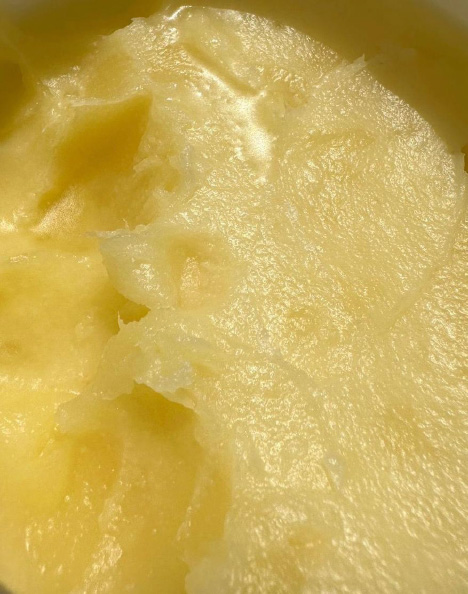
- Baobab Oil: Rejuvenates dry skin and nourishes hair.
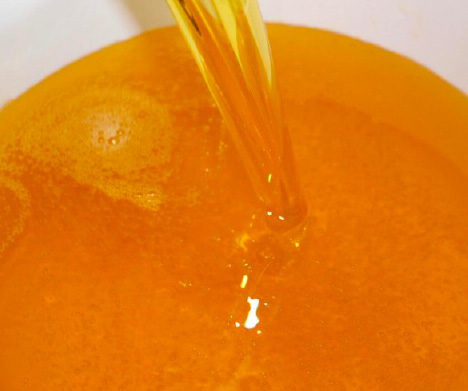
- Aloe Vera: Treats burns, soothes skin, and locks in moisture.
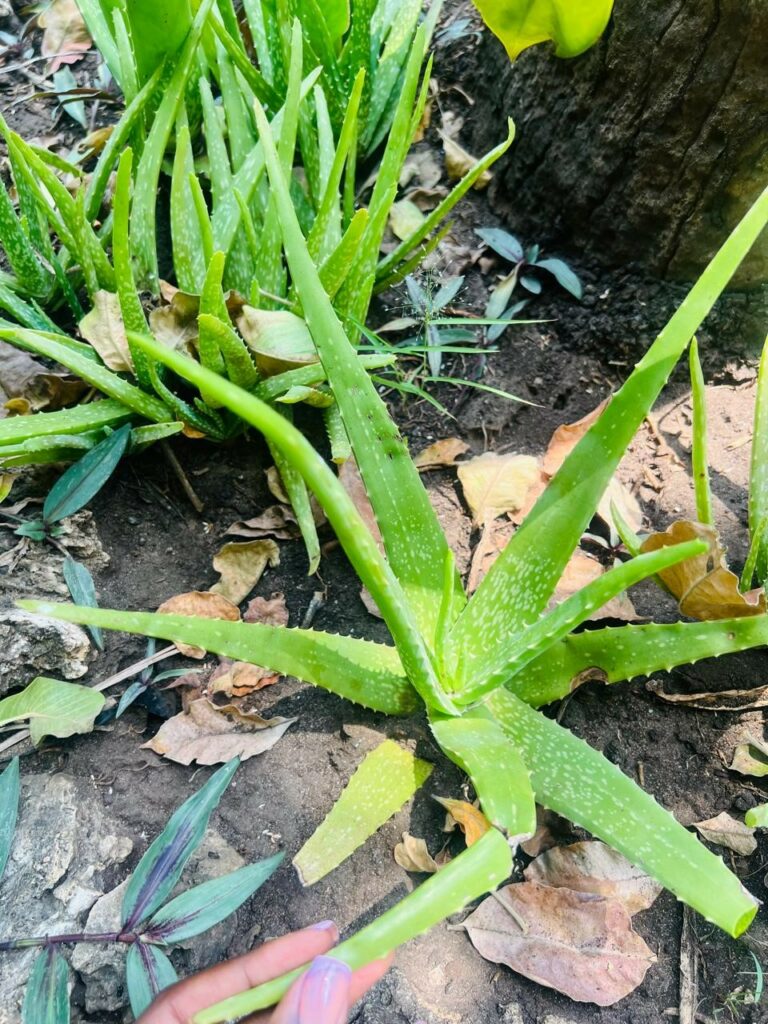
- Hibiscus: Known as the “Botox plant,” it firms and hydrates the skin.
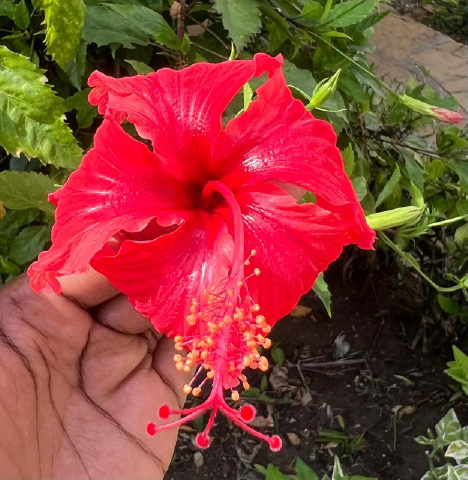
- Rooibos: Rich in antioxidants, it combats eczema and acne.
These ingredients were often used holistically, blending beauty with wellness.
The Modern Cosmetic Revolution
In recent years, the global beauty industry has embraced natural and sustainable products, propelling African herbs and spices to the forefront. Their proven efficacy, combined with ethical sourcing practices, has made them highly sought-after.
- Ethical Sourcing: Brands like Shea Moisture and The Body Shop work with African communities to ensure fair trade and sustainability.
- Scientific Validation: Research has confirmed the benefits of ingredients like hibiscus, rich in alpha-hydroxy acids, and rooibos, with its anti-inflammatory properties.
- Global Recognition: Afrocentric beauty brands have gained prominence, celebrating the cultural heritage and power of African botanicals.
Popular Botanicals in Cosmetics
- Marula Oil: Lightweight and hydrating, it improves skin elasticity.
- Moringa Oil: Anti-aging and rich in vitamins, it promotes collagen production.
- Kalahari Melon Seed Oil: Perfect for moisturizing and balancing oily skin.
Challenges and Opportunities
While demand grows, challenges such as overharvesting and habitat loss threaten sustainability. Fairtrade and responsible harvesting are crucial to preserving these resources and supporting local communities.
The Future of African Herbs and Spices in Cosmetics
The future of cosmetics based on African herbs and spices is promising. These botanicals are well poised to be leaders in the move toward eco-friendly and natural products. Beyond their proven efficacy, their rich cultural heritage provides a value proposition with which consumers will resonate: authenticity and sustainability. Secondly, the boom of Afrocentric brands shows how important this is to the globalization of beauty. Using traditional knowledge in conjunction with modern innovation, these brands can continue to lift African herbs and spices to fill a space in the future of beauty.
Conclusion
African herbs and spices gained their popularity from ancient remedies to modern cosmetics, so do not doubt the value of African herbs and spices as nature’s gift to health and beauty. Their versatility and efficacy make them an imperative part of today’s clean movement for beauty while honoring Africa’s rich history.
References
Fajinmi, O. O., Olarewaju, O. O., & Van Staden, J. (2017). Traditional use of medicinal and aromatic plants in Africa. Medicinal and Aromatic Plants of the World-Africa Volume 3, 61-76.
Giannenas, I., Sidiropoulou, E., Bonos, E., Christaki, E., & Florou-Paneri, P. (2020). The history of herbs, medicinal and aromatic plants, and their extracts: Past, current situation and future perspectives. In Feed additives (pp. 1-18). Academic Press.
Ravindran, P. N. (2017). The encyclopedia of herbs and spices. CABI.
Sagbo, I., & Mbeng, W. (2018). Plants used for cosmetics in the Eastern Cape Province of South Africa: A case study of skin care. Pharmacognosy Reviews, 12(24), 139-156.


